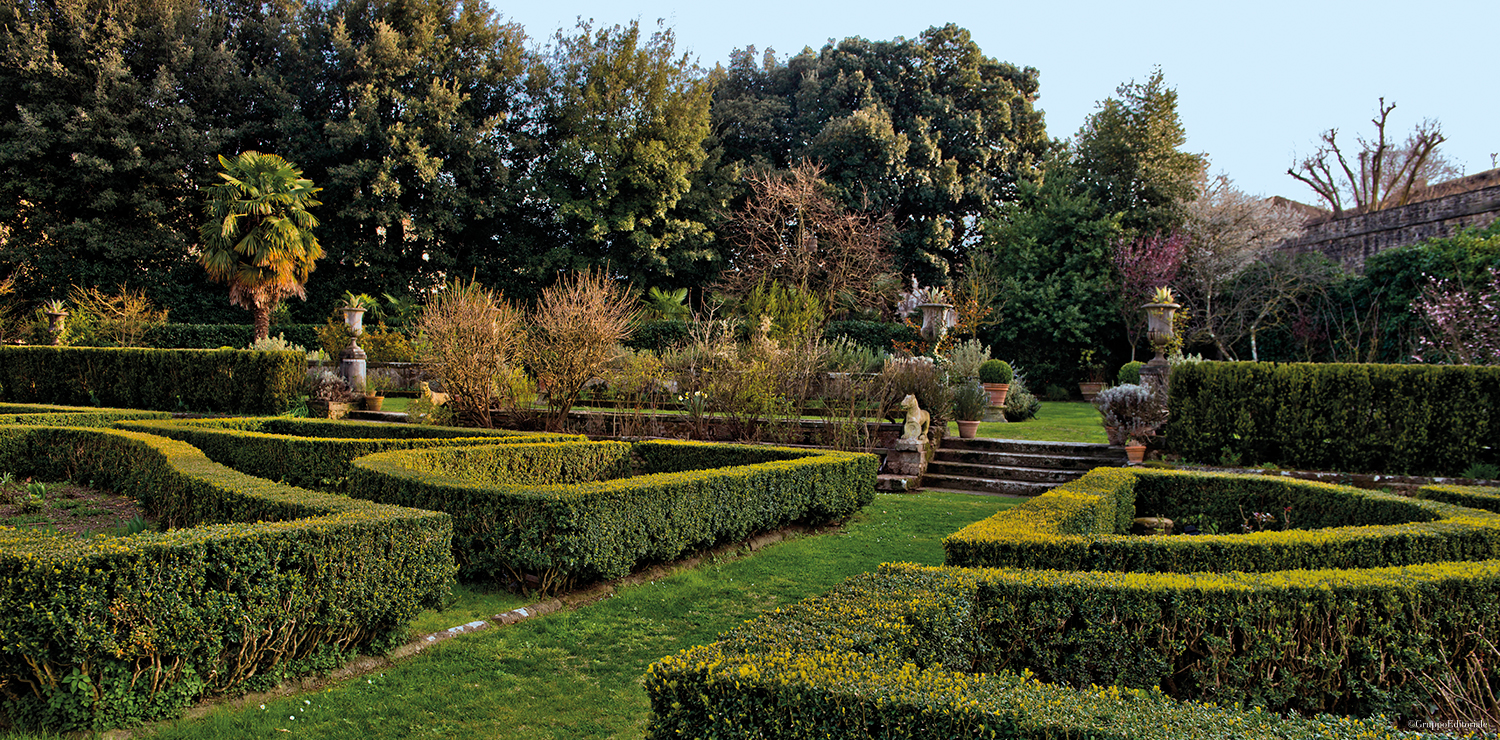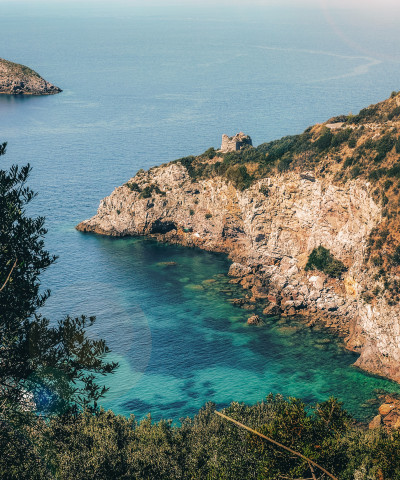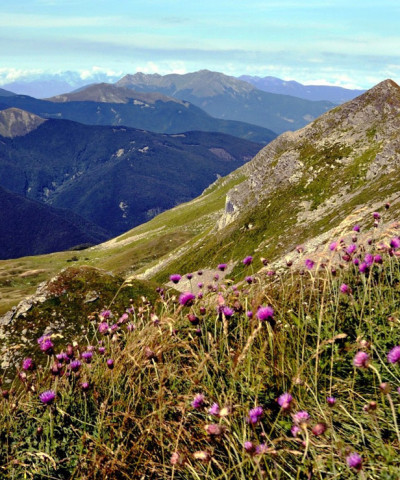Giardino Torrigiani
- Via dei Serragli, 144
- 055 224527
- giardinotorrigiani.it/
Covering an area of seven hectares, this park is one of the largest and perhaps the most important located within the walls. It is indeed the most significant and extensive English garden, less structured than the Italian garden. The park is also famous for its Masonic itinerary.
The landscaping project dates from 1813, when the owner Pietro Torrigiani had the garden enlarged, extending its boundaries to Via dei Serragli and Piazza Tasso. The marquis entrusted the works to a French architect, Luigi de Cambray Digny, and decided to scatter the gardens with Masonic symbols with overt allusions. An example is the statue of Osiris, Egyptian god of death and resurrection. It can be seen at the entrance from Via dei Serragli holding two tablets bearing rules for visiting the gardens. Other examples are the tempietto of Arcadia, the hypogeum, the Merlino grotto, the statue by Pio Fedi portraying Seneca pointing the way to young Pietro Torrigiani and the Torrino. Designed by the architect Gaetano Baccani and inspired by the family coat-of-arms, the Torrino once housed a library and was used as an astronomical observatory. Unfortunately, the garden walls and an insufficient water supply limited the growth of the garden. The walls were somehow camouflaged by woods and ruins, but the problem of the lack of water was only partially solved by sourcing it from the Boboli aqueduct. In fact, only abundant water could have fed the lakes and produced the waterworks of the original romantic-garden project.















